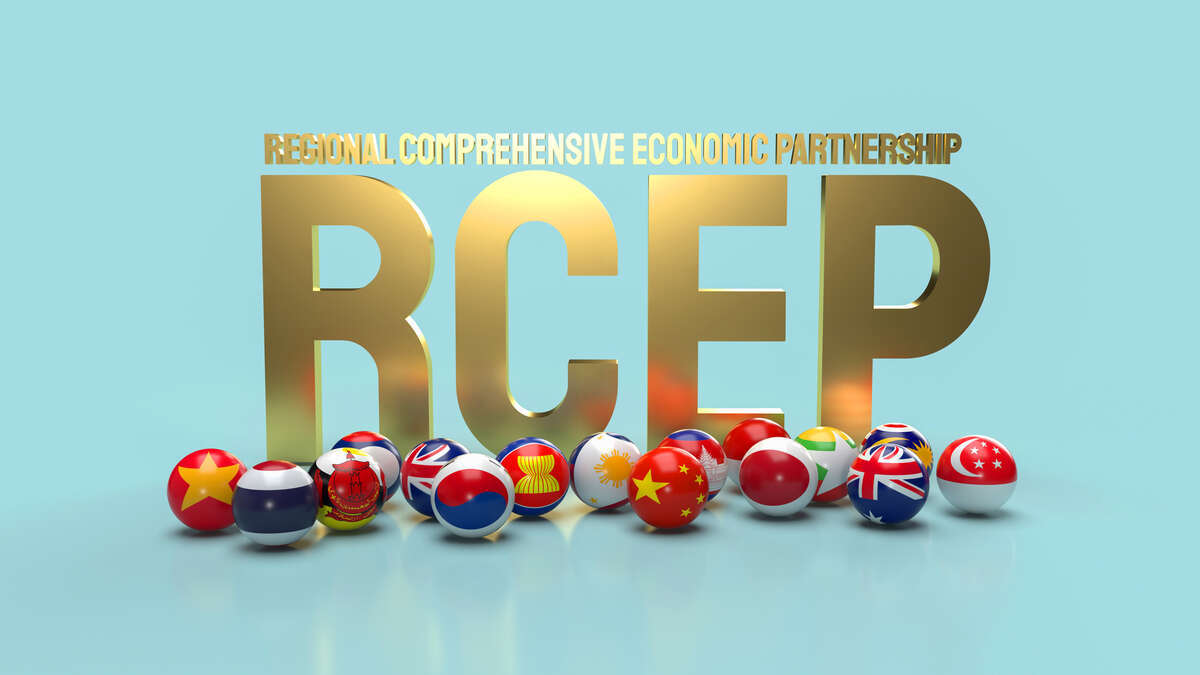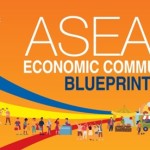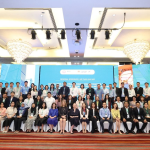Total number of posts 463.

The RCEP Agreement is considered an important feature of today's global economic landscape, influencing the flow of trade and FDI for sustainable development. The fundamental question is whether ASEAN will benefit from this integration as much or at least as its partners in this agreement (Australia, China, Japan, New Zealand, and South Korea). This can be measured by the possible benefits in trade and investment that RCEP can achieve and the centrality of ASEAN.
We can measure it by two measures. One, consider the possible increase in trade and investment. Second, hypothesize that ASEAN centrality will be enhanced or at least maintained in the RCEP region after the agreement, and measured by comparing global and regional value chains between ASEAN and RCEP.
If the benefits from the agreement are distributed unevenly or unequally among the member states of RCEP or do not reflect the economic size of the member states, and if ASEAN loses its central position in the international economic transactions (trade and FDI) along the value chain, policy proposals will be needed to redress these situations towards a more equitable distribution of benefits and restore the centrality of ASEAN within the broader RCEP region.
RCEP strongly promotes intra-regional trade and investment links. Although in ASEAN, due to a lower share of intra-regional trade and investment, at a maximum of one-quarter to one-third of the total, the regional development of the EU demonstrates that The bloc supports industrial growth through relocation of production to lower-cost countries and specialization of production on a regional basis. Such models have thus far proved largely, though not entirely, elusive for the ASEAN region (with the exception of, for example, the cases of Thailand and Laos), but RCEP can provide giving ASEAN the opportunity to integrate more into intra-regional development because of the participation of many developed countries and developing countries in the RCEP.
ASEAN is at the center of the economic integration of East Asia and Southeast Asia, along with major economies in the region. Economic integration has grown beyond the geographic scope of East and Southeast Asia and influenced broader regional integration through various mechanisms, such as the APEC and CPTPP. RCEP differs from these two in that ASEAN plays a central role in the initiative.
RCEP contributes to enhancing ASEAN centrality in regional frameworks. ASEAN integration has enhanced the bloc's competitiveness in the region, creating trade and attracting FDI. ASEAN's share of global FDI inflows fell below 2% in 2000 but rose to 6% in 2010. However, it is too early to assess the impact of the ASEAN Economic Community on trade and flows. FDI capital, but ASEAN's share in global exports of goods and services and FDI inflows reached over 7% and 9% respectively in 2019, gradually reflecting the impact of regional integration.
Some evidence indicates that dedicated efforts to trade and investment during regional integration have encouraged intra-ASEAN trade and FDI flows, for example, by granting investors and traders national treatment and greater access to industries including the service sector.
In addition, further trade liberalization and investment facilitation, liberalization, and protection measures will widen regional markets and enhance both awareness and the attractiveness of ASEAN as a is a sub-region of the larger market as a location for international trade and investment.
These have promoted the ASEAN sub-region to become an attractive investment destination, prompting international investors inside and outside the RCEP agreement to adopt investment strategies in the region and establish a network of activities in the region. area. As a result, the share of intra-ASEAN trade and FDI in total trade, FDI into ASEAN countries, the share of ASEAN trade and FDI in total trade, and FDI into RCEP are expected to increase.
However, this expectation is in contrast to the downtrend or trend reversal over the years. The intra-regional share of ASEAN FDI inflows decreased from 23% in 2017 to 17% in 2020 with a low of 12% in 2019. Therefore, expectations are very high for RCEP to change direction and increase intra-regional activities' efficiency.
The difference in the share of ASEAN and RCEP in the world is also increasing, rather than narrowing over the years. In 2019, the gap between ASEAN and RCEP is about 20 percentage points for exports of goods and services and 10 percentage points for FDI inflows. The share of ASEAN in RCEP is decreasing, while the share of non-ASEAN member states in RCEP is increasing. This implies that ASEAN's regional efforts have not been carried out in terms of intra-regional and global shares. Participation in RCEP can help ASEAN improve efforts in the region and reverse this situation.
Low-income countries within ASEAN have benefited from growing investment from ASEAN member states with more advanced economies, and from non-ASEAN RCEP member states. This shows the expansion and upgrading of the "flying geese" model in the regional industrial structure - the process of catching up with industrialization in developing and least developed economies. Intra-regional trade and FDI in RCEP will increase and promote the development of international production networks within ASEAN and beyond. Some low-income countries in industries such as electronics and textiles will gain associated benefits. This trend has been observed by various initiatives within ASEAN aimed at narrowing the development gap among ASEAN countries and enhancing ASEAN's overall competitiveness in the RCEP region and wider.
It is clear that RCEP offers many opportunities for regional value chains, but at the same time, many issues can hinder progress in GVC-related development, not benefiting all countries equally. For example, China and Japan can gain overwhelming benefits over ASEAN, at least in terms of GVC development. ASEAN cannot maintain the same level of centrality when the region expands to include five major non-ASEAN members. Australia and New Zealand have not emerged significantly as beneficiary countries. Korea benefits, but to a lesser extent than China and Japan.
Questions arise regarding policy recommendations that can further strengthen the reciprocal relationship between RCEP regional integration and trade and FDI for sustainable development for all. The first question concerns the role of regional integration as a determinant of trade and FDI and the difficulty in establishing a cause-and-effect relationship between the two, especially as it is difficult to determine the opposite.
The second question concerns the primary importance of economic and policy fundamentals. The formation of a larger (and potentially more prosperous) economic bloc may not necessarily be beneficial, especially in terms of attracting trade and FDI, although market size is a determining factor if appropriate economic conditions and a favorable policy framework are not applied.
In terms of economic fundamentals, a big question is whether trade and investment liberalization among RCEP member countries directly increases FDI flows or will it increase (indirectly) due to open market opportunities. In addition, it is appropriate to ask to what extent regional integration efforts may create additional (unintended) barriers to trade and FDI (e.g. unnecessary administrative burdens and excessive control of regional integration efforts). The RCEP Agreement includes trade facilitation measures (chapter 4) to reduce such barriers to the application of conformity among the Member States: i.e., the application of single-window mechanisms and digitizing customs clearance.
In terms of the enabling policy framework, an important question is whether RCEP's regional integration efforts are appropriate and feasible and as a corollary, include full trade liberalization. Trade and investment are essential and harmonize policies for sustainable development. This requires consistency and coordination between trade and investment policies. Regional integration efforts multiply the challenges in this regard.
This is not limited to the fact that domestic policies need to be consistent across the entire group of regions in question and other policy areas, such as competition and the environment. It also concerns the policy aspect of the balance a country wishes to achieve between regional policy harmonization and its own right to regulate in the public interest.
Source: Công Thương News














